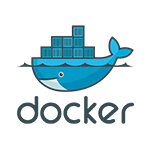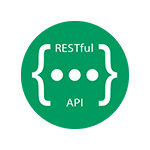Java Systems Development
Qualification: NQF Level 5 National Certificate in Information Technology (Systems Development)
Typical learning time: Full time: 9 - 12 months; Part time: 18 - 24 months
What does a Java Systems Developer do?
Java Systems Developers build the behind-the-scenes software for a wide range of business and organisational functions. They develop and implement applications and programmes for the backend processing systems used in businesses and organisations. Backend processing systems are the parts of software that work in the background and don’t have a user interface, except for administration purposes. Backend processing is a vital part of almost every business especially in online banking and other financial services.
Systems development requires a wide-range of skills from understanding the business requirements and designing solutions, to using development tools to write and test code, fault finding, diagnosing and fixing bugs.
On the Umuzi programme you will gain practical experience with industry standard frameworks and tools like Spring Boot, SQL, PostgreSQL, JDBC Templates, and Gradle.
Your learning journey with Umuzi:
Java Systems Development
Step 1:
Foundational concepts and tools
Learn the language
Develop & deploy app software in a cross- platform computing environment
Computer Science Foundations
Learn computer science fundamentals like OOP and Design Patterns to build reliable systems that scale
Containerisation and composition
Make use of docker containers and compositions
Step 2:
Databases and database manipulation
Foundations
Using relational databases
Learn how to use HTML and CSS to style attractive websites
Database connectivity
Use JDBC templates for Java database connectivity
Step 3: Integrations
Rest APIs
Learn about the anatomy of HTTP and expose data using REST apis
Micro Services
Create stand-alone micro services with this open source Java- based framework
Build automation
Accelerate productivity with this build automation tool for multi-language software dev.









